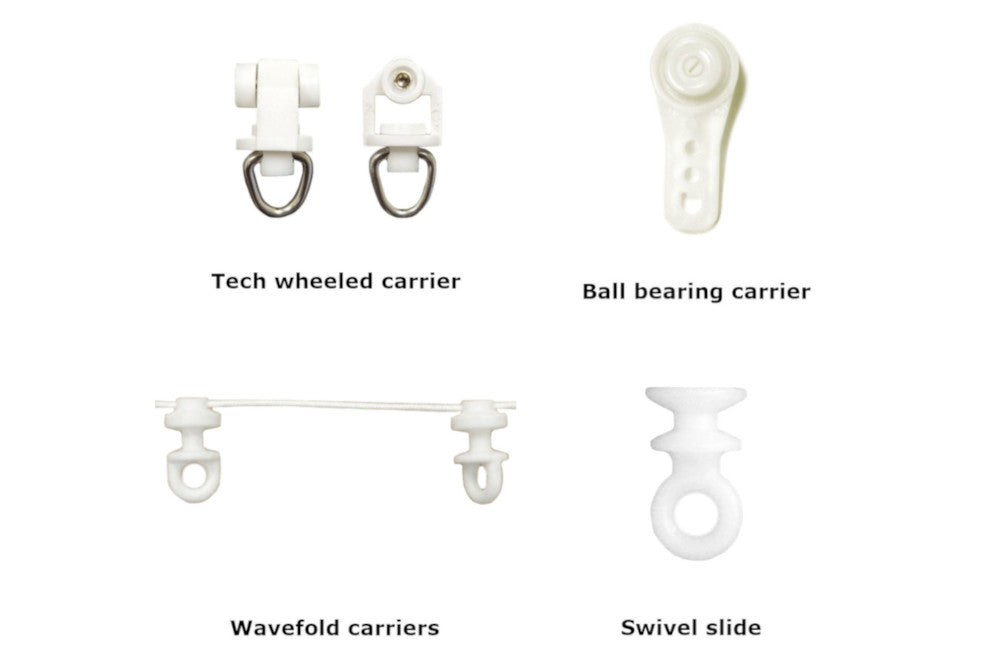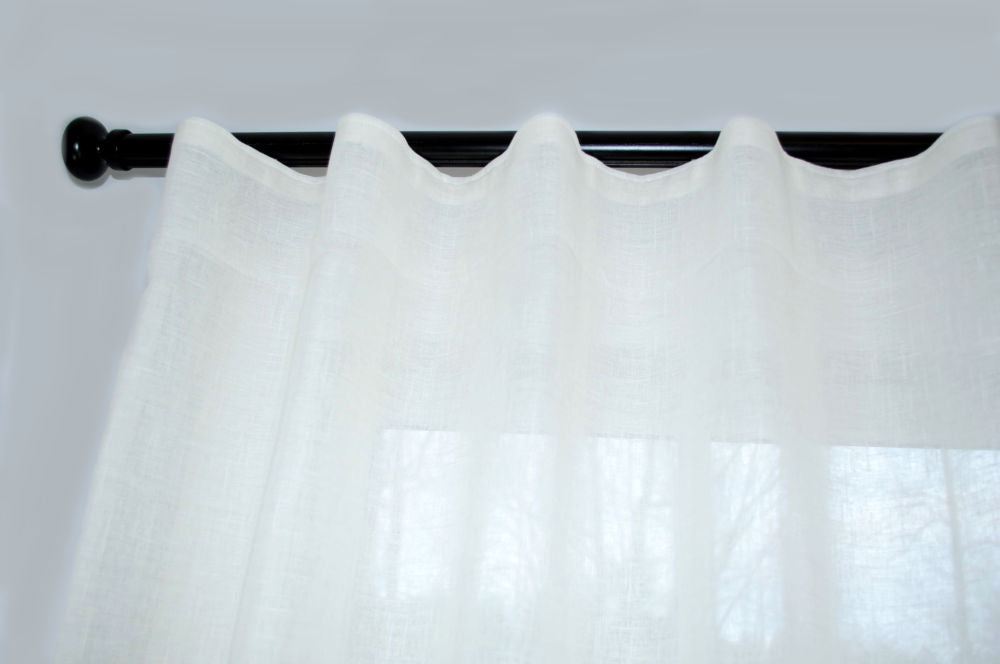Choosing the Right Curtain Track
When selecting the right curtain or drapery track for your situation, the two main questions you need to answer are:
1) Is it a wall or ceiling mount curtain track?
2) What kind of curtains are going to be used?
The first question is pretty easy for most. For a standard wall mount curtain or drapery track, we recommend the Forest CS track. This is a hand draw set, but they are also available as baton draw sets for pleated draperies where you want overlapping master carriers. This track is well lubricated with good splices allowing the slides to cross the joints easily. Other common tracks that are only ceiling mount are the Kirsch 94004 track or the Kirsch 9600 track. We also have a bender for our CS and KS track, so can offer tracks that continue around the corner.


When it comes to decorative traversing track sets, we have a nice selection available now. All of them are available as wall mount, and several can also be ceiling mounted like the Kontur, Invisible and Tekno 25. Right now the only double decorative rod we have is the Tekno 25. It's available in black, silver and bronze.
Based on phone calls we receive, the second question seems to be more complicated. Whether you are using a ceiling mounted curtain track or wall mounted curtain track, the tracks are pretty comparable in weight specs and functionality. They are heavy duty aluminum tracks with better slides or carriers than standard steel tracks.
Most of the curtain tracks have multiple styles of carriers available (also known as slides, glides, rollers and few other less accurate terms). The two basic styles are an eyelet carrier and a hook carrier. These are exactly the same carrier, but one has an added hook. An eyelet carrier has either a hole(s) or a loop at the bottom. They are for pleated draperies that have pin hooks inserted in the back or plastic hooks like those used with the wavefold system. The pin hooks insert into the hole or loop on the individual carriers. See our blog post on pleated draperies for various styles of pleats.

In addition to pleated draperies, our alternative wave fold drapery system can now be used with standard eyelet carriers. This is an alternative to ripplefold draperies, which have their own special snap carrier. Instead of using ripplefold snap tape, these draperies use our wave fold tape and hooks
 .
.
The second type of carrier adds a hook to the equation. These carriers are typically used with curtains that have grommets, buttonholes, loops or a hook belt. They were originally intended for cubicle style curtains with small grommets, found typically in a commercial or medical setting. Today we are seeing widespread use of these hook carriers with the large grommet curtains so prevalent these days. We also make grommet panels with smaller grommets that are closer together for a better look.


On our website, we differentiate between baton draw drapery track sets and hand draw sets. They are exactly the same thing except that the baton draw sets include batons, and for pleated draperies, master carriers can be used. (the part that runs in the channel on the leading edge of the drapery and has overlapping arms).



By hand draw, we mean you literally grab the curtain with your hand and move it. Master carriers are really only suitable for pleated draperies with pin hooks. There are holes on the master carrier arms for the pin hooks. Double sets are available for either.
One more style of drapery that deserves it's own article is ripplefold. It uses special snap carriers with strings connecting them. You can learn more about our ripplefold drapery system here.








